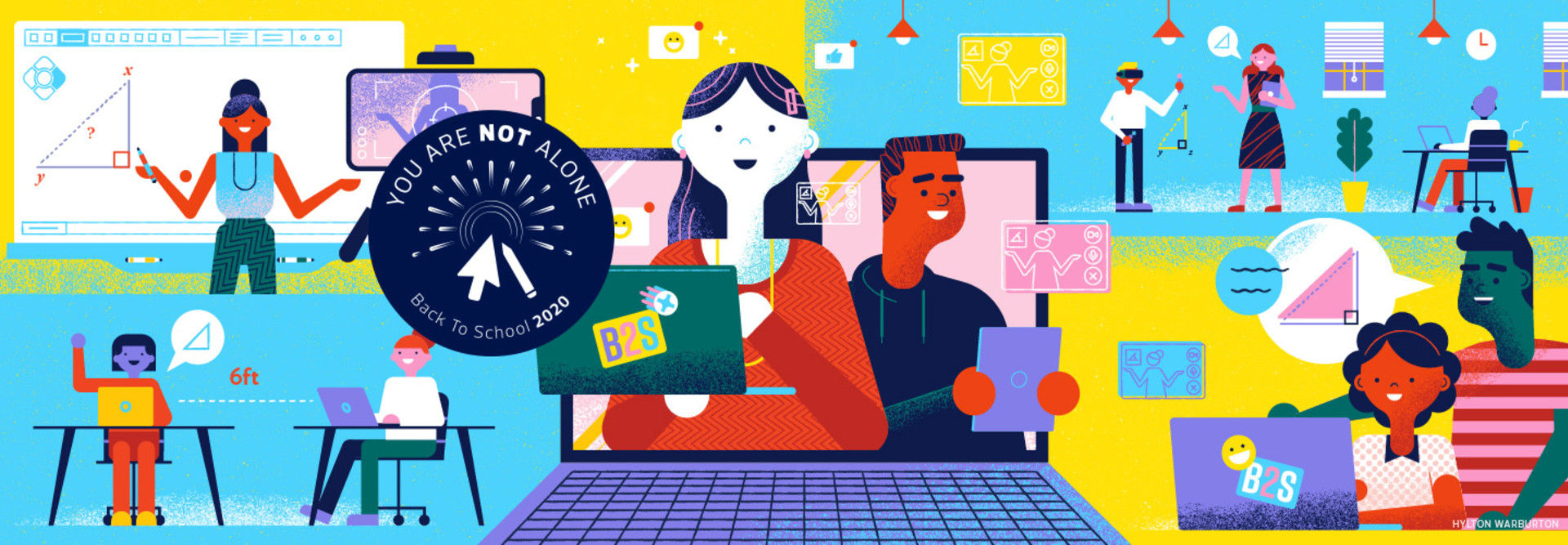How Technology Can Help Schools Make In-Person Learning Safer
For schools that plan to return to some form of in-person learning in the coming school year, teachers will need a way to circulate among their socially distanced students — keeping students in their seats and avoiding the prospect of them crowding around the teacher’s desk.
Tools like the Ergotron TeachWell Mobile Digital Workspace can help with this. This compact mobile workstation gives teachers the freedom to move around the classroom while maintaining social distancing protocols among the kids.
Other infrastructure changes lean in this direction as well. The LocknCharge charging kiosk, for example, offers a contactless way for students to charge and pick up their devices. Device sanitization units also present a single destination for efficient disinfecting of laptops and tablets using UV-C light.
DISCOVER: How are schools reopening in the fall?
Since fever is an early indicator of COVID-19 infection, some schools are also looking at thermal cameras as a screening mechanism to detect those with elevated temperatures. Funding from the Coronavirus Aid, Relief and Economic Security Act is helping Hinsdale Township High School District 86 in Illinois implement thermal screening technology for that purpose.
“We must check temperatures before kids come into the school, according to the state department of public health,” says district CIO Keith Bockwoldt. “Our solution uses a thermal camera aimed at the corner of the eye, and it can scan up to 36 people at one time. We need to process a lot of people quickly, and this will show the temperature above the person’s head in the viewfinder — green meaning they are OK, red meaning their temperature is high.”
The thermal camera is just for initial screening: Those who test high will be taken aside for more accurate testing with medical-grade thermometers.














